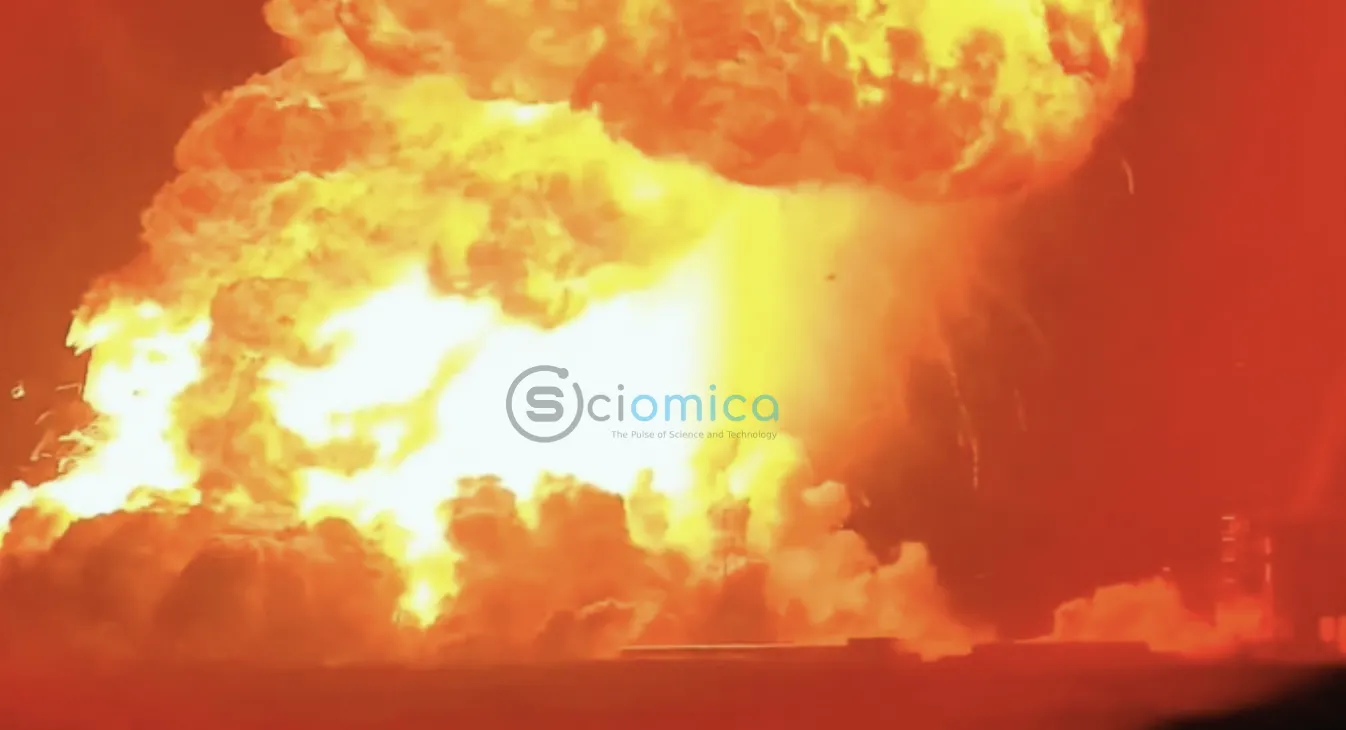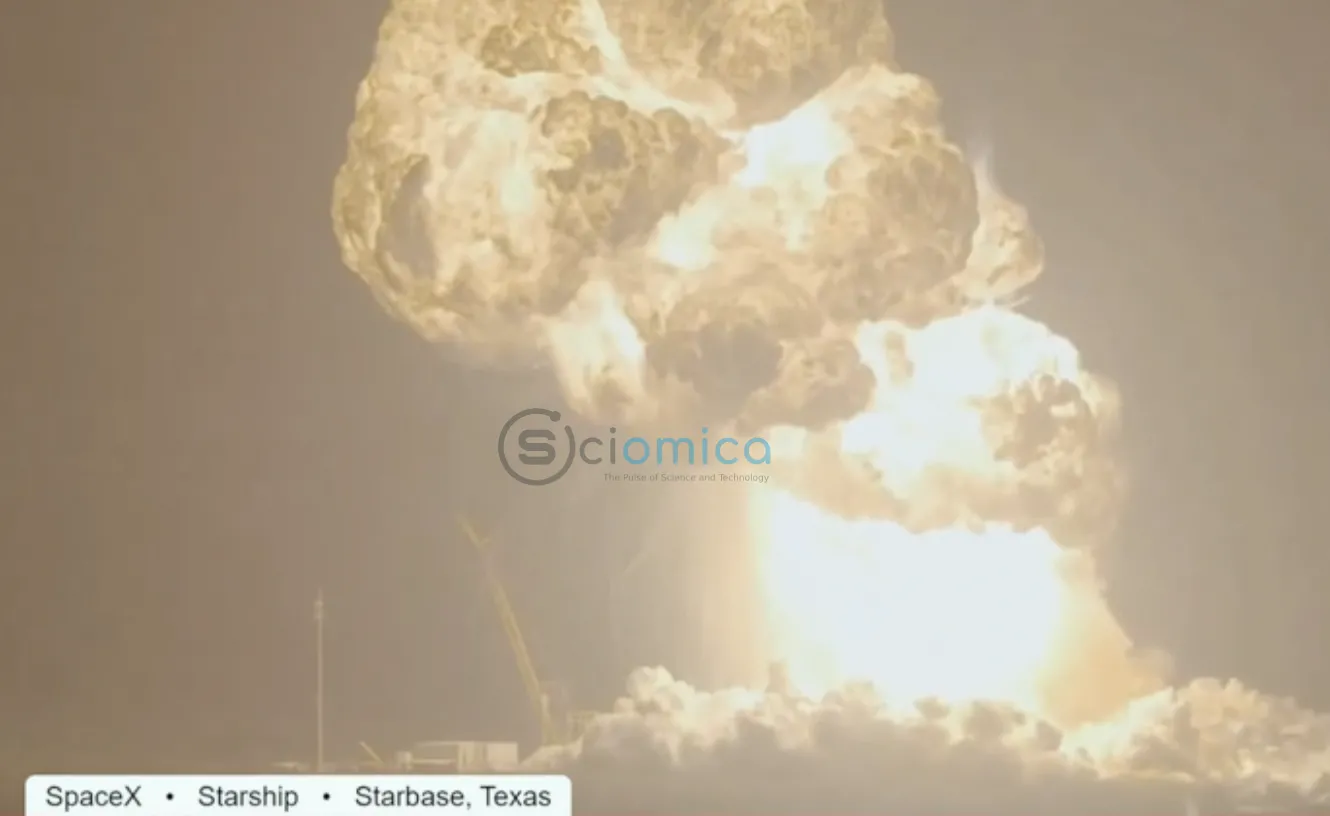
On June 18, 2025, SpaceX faced another setback as its Starship 36 prototype exploded during a routine static fire test at the company’s Starbase facility in Texas. The incident, which occurred around 11 p.m. local time, sent a dramatic fireball into the night sky, marking the latest challenge for Elon Musk’s ambitious Mars exploration program. Local authorities and SpaceX confirmed the “catastrophic failure,” but no injuries were reported, thanks to strict safety protocols.
The explosion took place during a pre-launch procedure designed to test the rocket’s engines while anchored to the ground. Footage captured by onlookers and livestreamed by space enthusiasts showed a sudden flash followed by a towering plume of flames engulfing the 403-foot rocket. SpaceX quickly issued a statement acknowledging the “major anomaly” and emphasized that all personnel were safe, with a clear safety zone maintained around the site. The company is collaborating with local officials to investigate the cause, though details remain scarce.
This incident follows a series of challenges for the Starship program, which aims to enable human missions to Mars and revolutionize space travel with its reusable design. Recent test flights, including the ninth in late May, ended in explosions or structural failures, highlighting the experimental nature of the project. The repeated setbacks have raised questions about the timeline for Starship’s tenth flight test, originally slated for the near future, though no new schedule has been announced.

The explosion’s impact on the test site infrastructure is unclear, but it underscores the risks inherent in pushing technological boundaries. Residents near Starbase reported feeling shockwaves, with some describing rattled windows and dishes. Despite the failure, SpaceX’s approach of learning from each incident has historically driven progress, as seen in the successful reuse of a Super Heavy booster earlier this year.
Critics argue that the frequent explosions reflect inadequate safety measures or rushed development, while supporters view them as necessary steps toward innovation. The Federal Aviation Administration, which recently approved up to 25 annual launches from the site, will likely review the incident, potentially affecting future permits. SpaceX has not disclosed the financial cost but continues to assert its commitment to the Mars mission.
As investigations proceed, the event serves as a reminder of the high stakes involved in space exploration. While the explosion delays progress, it also fuels debate about balancing ambition with reliability. For now, SpaceX remains focused on recovering and refining its design, with the world watching to see if this latest failure will pave the way for future success.






